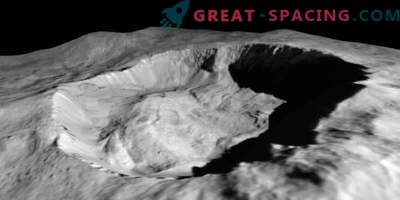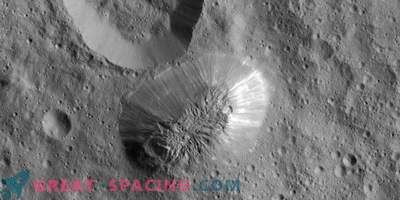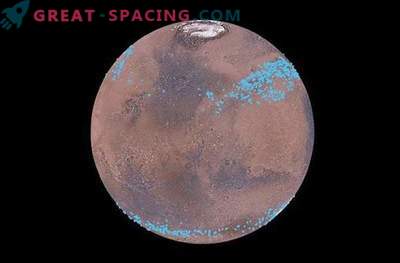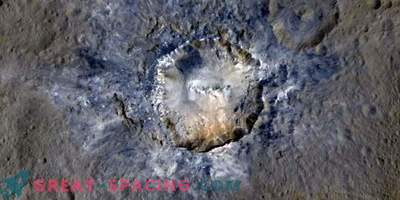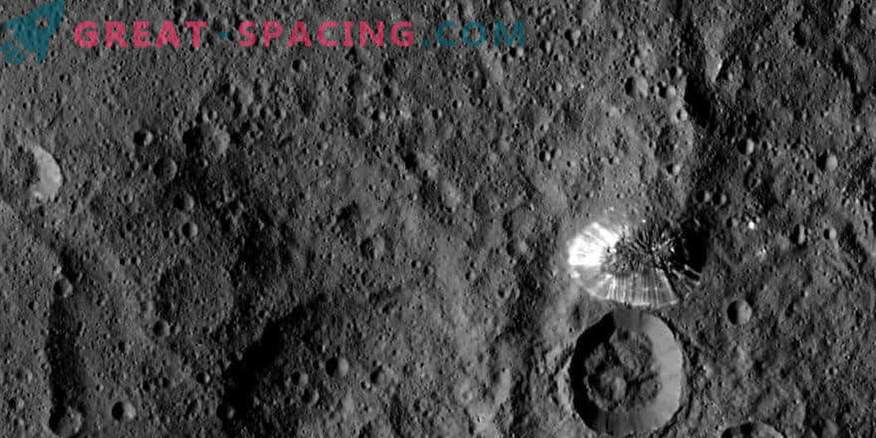
New research has noticed massive landslides that prove that there is a huge amount of water ice on Ceres. For the observations, the data of the NASA Dawn apparatus was used, thanks to which they identified three types of landslides and the peculiarities of their movement in areas the size of Texas.
Type I - relatively round, large and have thick “fingers” at the ends. They resemble stone glaciers and ice landslides in the Arctic zone of our planet. Occur in high latitudes.
Type II is the most common variety on Ceres, resembling avalanche deposits. They are thinner and longer than the first type and are located in middle latitudes. The authors of the study call him “Bart” in honor of the cartoon character “The Simpsons”.
Type III appears during shock events, when part of the ice melts. They are found in low latitudes.

Features of type II are the most common landslides of Ceres, resembling deposits left by avalanches on Earth. A pattern resembles the head of Bart Simpson.
The study is led by Britney Schmidt of the Dawn Group, who believes that the subsurface layer is represented by rock and ice. “Landslides cover a larger area at the poles than at the equator, but most surface processes are not defined at all by latitudes,” she said. “Therefore, we believe that ice affects flow processes. There is no longer a sufficiently weighty cause that could explain the occurrence of powerful landslides at the poles, and at low they are weaker and less regular. ”
Scientists were surprised when they realized how much landslide is happening on Ceres. About 20-30% of craters with a width of more than 10 km have some types of landslides. They were also formed by the process of “ground ice” (mixing rock and ice, which was observed only on Earth and Mars). According to general estimates, they can be from 10-50% by volume.
Landslides allow us to understand exactly what is happening in the upper kilometers of Ceres. Data is extracted using a GRaND (gamma and neutron detector) and VIR (visible infrared spectrometer).
“It is incredibly fascinating to watch the processes in the alien world that are taking place on our planet,” says Schmidt. “We are becoming more and more convinced that Ceres is our cherished icy world.”
